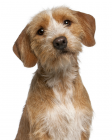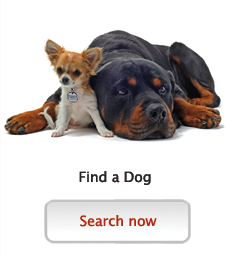Basset Fauve de Bretagne
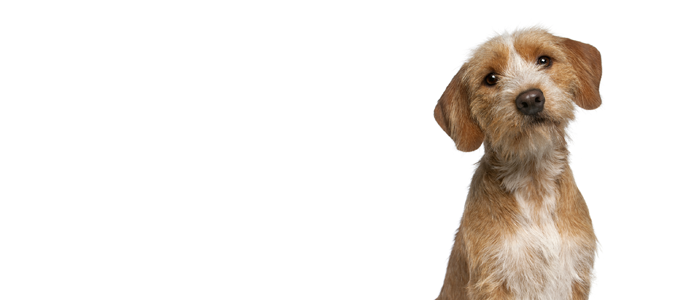
In my own words
What’s that smell? Something has got my senses tingling again. I can’t help but let my nose take over sometimes. I’ll be in the garden, playing ball then a scent comes along and carries me off into a completely different direction. Now sure, my nose can take the reigns sometimes but I’m a trained hound. My owners taught me well, I learnt pretty fast too. You’d be happy to know I’m one of the healthiest hounds around.
I’m extremely independent, I’ll happily be left a roam a field on my own just following my nose. When I’m in this mind frame I can barely hear my master call my name. Often he has to come fetch me.
Oh and you better be warned, I’ve been known as a pretty nifty escape artist. I‘m so inquisitive I could dig my self out of jail. My master put a stop to it and put up a tall fence in the garden. I’m glad I can’t wander off because I’m a family hound at heart!
My ideal owner(s)
Hunters
Families
Outdoorsy types
Experienced owners
What they say about me
Intelligent
Inquisitive
Loving
Quite the escape artist (given the chance)
Please read on, to find out more about me, and whether I will be someone you can be happy with for the next 12 years, or even longer!
Is this Basset Fauve de Bretagne for you?
Test your knowledge about the Basset Fauve de Bretagne
Information essential about the Basset Fauve de Bretagne
Kennel Club Group:
Hound
Category:
Size: Medium
Weight, Male and Female: 16 – 18 kg Height: Male & Female: 12 - 15 inches (32 to 38cms)
Popularity:
The breed was then imported to Britain in the late 19th Century where they've become ever more popular, due in part to their affable nature and independent personality. Having been on the UK Kennel Club rare breeds list for some time, the Basset finally came off in 2007 after gaining popularity as a show animal and as a pet. In addition, the breed retains its popularity amongst hunters.
Breed History:
The Basset Fauve De Bretagne is an excellent bloodhound, originally bred to hunt in packs with French Royalty. Essentially a scent hound, the Basset Fauve De Bretagne is descended from the now-extinct Grand Fauve De Bretagne, a large hunting hound used in the ancient kingdom of Brittany in France. Bred to be a useful hunting dog, the basset is the smallest of the Fauve De Bretagne breed. It’s speculated that Basset numbers were so low in France following World War II; the Fauve De Bretagne had to be rescued by using some of the remaining animals and crossing these with other types (these include ‘The Petit Basset Griffon Vendéen’ as well as the wirehaired Dachshund). The Kennel Club in France, however, maintain that this is not the case and that numbers were never small enough to warrant genetic input from other breeds.
Many experts suggest that the Grand Fauve De Bretagne was brought to the UK in the 16th Century to strengthen existing hunting packs in England and Wales. Again, there is little documented evidence to support this. Although hounds that resemble the Grand – particularly in Welsh foxhound packs can still sometimes be seen.
Character:
Basset Fauves are affectionate, playful little dogs, which make great pets and are very good with children. However, it must be remembered that they are hunting animals and never really lose their love of the chase. In light of this, they may not suit everybody. An interesting characteristic of the breed is that they can easily convey when they are unsure or nervous of as their eyes become clear and their ears move outwards.
They do have the tendency to ‘get lost’ in the hunt and forget about anything else that may be going on, and can wander off. They are quick and agile enough to worry rabbits so care must be taken regarding if, and when, they are given off-lead time. Any training given can soon be forgotten when there’s a fresh scent to follow!
Temperament:
The cheerful Basset Fauve is just about the right size to make a great house dog, although his love of the great outdoors should never be underestimated and a romp in the fields should be a regular occurrence. A courageous pack hound will settle into a family and make a marvellous companion. The Basset Fauve is a remarkably speedy character. With their strong nose and a lively sense of independence they will happily tear around for hours ignoring your recall.
Conformation:
This is a small (ish!) solidly built hound. The breed is reminiscent of the Basset Hound but is finer and has longer legs. Some examples have been known go grow as tall as a Labrador, but this is the exception rather than the rule.
These are neat little hounds that are typically 'Basset' in appearance i.e. long bodies and short legs! They have very harsh, dense coats. They are very quick off the mark and stride out well. The head should be of medium-length. The eyes should be dark hazel and the ears set on level with the eyes ending in a point and covered with finer, darker and softer hair than that on the body. The jaws should be strong with a complete scissor bite. The neck should be rather short and muscular adjoining slightly sloping shoulders. The chest should be wide and deep with a level top-line. The forelegs can be straight or slightly crooked and strongly boned, whilst, the hind legs are strong. The feet should be tight with firm, hard pads and the tail set on high and carried like a sickle when moving.
The Basset Fauve boasts a rough, dense coat that usually needs stripping, but is perfect for keeping the elements out – essential for a hunting animal. The preferred colours for the show ring are red, wheaten or fawn. Some white may occur on the chest or neck, however this is undesirable for show ring purposes. Fur on the ears is usually darker and finer than on the body, the eyes and nose should be dark and the breed standards state they should have no crook in the front legs. The ears should be pleated and reach the nose rather than the floor.
Colour:
Colours include fawn, wheaten and red. Some puppies arrive with black patches. These patches can fade, as the animal gets older. Less frequent are white patches in the fur; neither black nor white areas are accepted according to breed standards. Whether red or fawn, the colour should always be solid notwithstanding the slightly darker ears.
Training:
Care:
Basset Fauves should have their diets closely monitored as any excess weight can put unnecessary strain on the bones and joints and could cause arthritis as the dog ages. An overweight dog is also more prone to diabetes, a life-limiting disease that is very expensive to treat.
However, necessary care should be taken not to over-exercise them in their youth as this can promote serious joint issues in later life. Attention should be paid to their ears as well, keeping them clean and clear. In addition, their coats should be combed through regularly and plucked twice a year. Their coats should never be trimmed, however, the excess hair around their ear passages should be removed.
Health:
Following a breed survey carried out in 2004, the UK Kennel Club found the most likely causes of death in the Basset are road traffic accidents, cancer, and heart or kidney failure. It’s a widely held belief that road accidents occur due to the dog’s love of the scent and its tendency to go AWOL. The few health issues that commonly occur within the breed include reproductive problems, ear infections, corneal ulcers and cataracts. Some lines in France and parts of Europe have reported incidences of epilepsy, but so far British lines appear to be largely free of this distressing condition.
The dog should also be given regular and plentiful exercise to keep their weight down and indulge their love of the great outdoors. The rough-coated Basset will need stripping 2-3 times per year. This can be done at home, but is a relatively simple procedure that can be carried out quite cheaply by a professional. The Basset is a robust dog and if cared for properly – including plenty of fresh air – they can live up to 14 years, although 10 years is more likely. The Basset Fauve’s average size of litter is 6 puppies.
You may also like:
If you like Basset Fauve de Bretagnes, you may be interested in breeds of the same size »
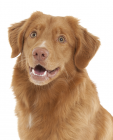
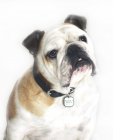
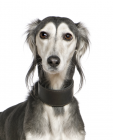
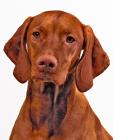
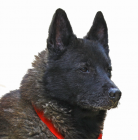
If you like Basset Fauve de Bretagnes, you may like other breeds with similar characteristics »
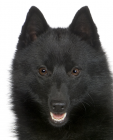
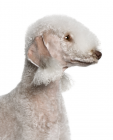
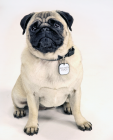
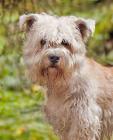
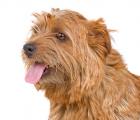
If you like Basset Fauve de Bretagnes, you may be interested in these other hound dogs »
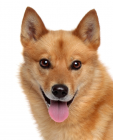

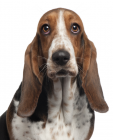
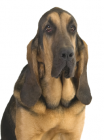
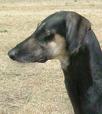
Advice on choosing your breed »
Find an animal shelter or rescue home where a Basset Fauve de Bretagne is waiting for a new home »
The following grid gives a fast track review, which covers all breeds. You can apply it to help you decide if a Basset Fauve de Bretagne is suitable for you, the environment where you live, your personality and your lifestyle. On the grid, 1= strongly disagree, and 5= strongly agree. For example, if you are looking for a dog to make a good walking companion, look down the list under Activities, and you will see that Basset Fauves have lots of energy and are strong walkers, scoring 5. If you want a dog that doesn’t require a lot of grooming, look under Grooming and you will see that Basset Fauves require little maintenance to theirs coats, and score unanimously low figures. You might like to save or print off this section and keep it for reference while you check some other breeds before making your final choice.
Be the first to rate this breed »
|
*PLEASE NOTE: All our breed profiles are general, and all dogs are individuals. Always talk to the breeders and meet the owners you are buying from. Try to meet the dog and its parents if it is a puppy in their home environment.








